11 experts from the art world tell Benita Fernando the buzzwords that will define 2018
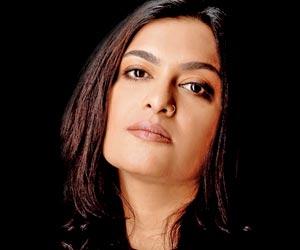

Latika Gupta
ADVERTISEMENT
1. Archive
Latika Gupta, art historian
In the context of Indian, and indeed, global contemporary art, archives are becoming more relevant than ever before with several symposia, workshops and exhibitions focussing on whether to underline the urgent need to 'not forget' histories, or to highlight the need for heterogenous histories. Some of the most exciting visual art exhibitions have worked cross-historically, bringing objects and documents that have traditionally been outside of the gallery-model of exhibition, making dialogue with more easily recognisable forms of 'art' making. Asia Art Archive is one organisation that is doing exciting research through digitising personal archives of artists, for instance.
2. Censorship
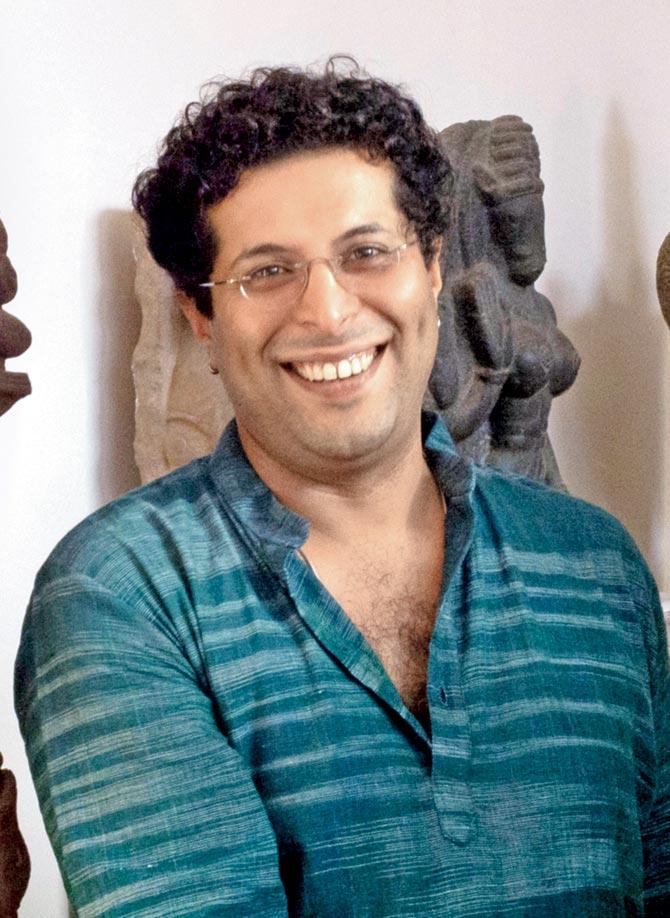
Naman Ahuja
Naman Ahuja, art historian
India is now a country of touchy people who can convince law enforcers that they are frightened about getting hurt, so we are building higher and higher walls to feel protected. Walls protect, but also prevent you from learning about the world outside. The censored have given control of their imaginations to voluble rabble-rousers who have styled themselves as their protectors. Censored expression perpetuates wilful ignorance; ignorance may be bliss for a while, but ultimately, it leaves you weak. 2018 is going to force us to take responsibility for our pretences.
3. Minimal
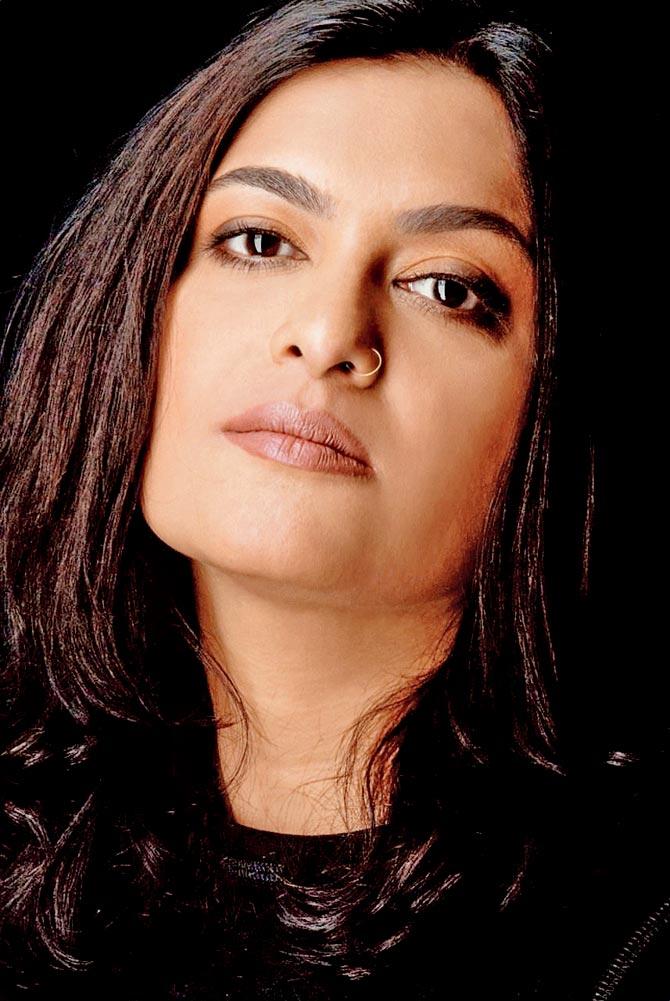
Anupa Mehta
Anupa Mehta, art consultant
Shearing off excess, visual vocabularies that are minimal are in vogue. The works of Waqas Khan, Hemali Bhuta, Zarina Hashmi, and those of young artists such as Sachin Tekade and Saybya Chasmawala, exemplify this trend in the area of contemporary art. Their works are spare and pristine, with shades of pale, muted tones and precise lines.
4. Speculative

Nancy Adajania
Nancy Adajania, cultural theorist
I see a tendency among younger contemporary Indian artists towards the deployment of the speculative mode — a philosophically informed approach to history that is playful in terms of its handling of material, its fusion of fictive scenarios and the evidentiary. Yet, this tendency insists on rigour and criticality, in working from a commitment to what history is for from a liberal-progressive point of view. This approach can be seen in the works Pallavi Paul, Archana Hande, Neha Choksi, LN Tallur, Rohini Devasher, Sahej Rahal and Amshu Chukki.
5. Livingkind

Zasha Colah
Zasha Colah, curator
As opposed to mankind, or even humankind, livingkind, which I have been hearing people say, will be used more frequently. We have been seeing beginnings through negotiating neighbourliness (Istanbul Biennial), cohabitation (Pune Biennale 2017), and the theme of this year's Manifesta in Palermo. Livingkind is used to refer to neighbourliness not just between humans but all sentient beings, such as plants and animals, in an ecosystem.
6. Education
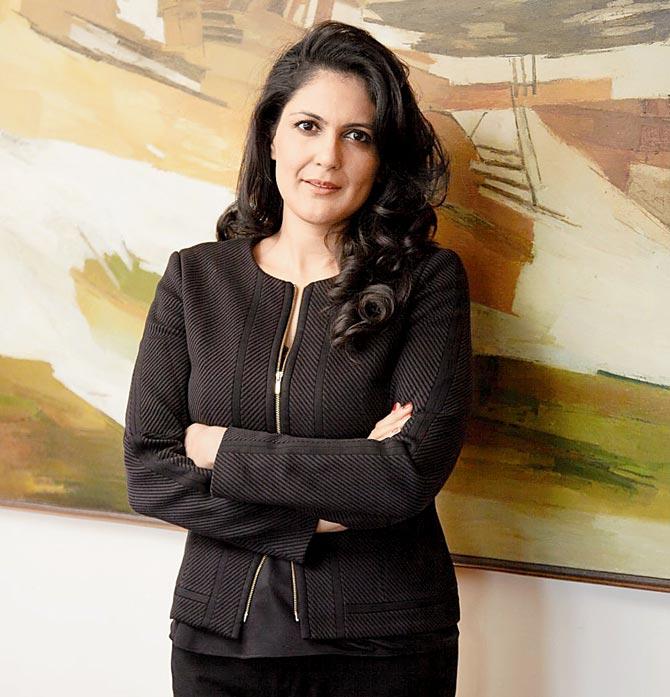
Sonal Singh
Sonal Singh, Christie's Mumbai director
I believe we will see more art institutions, museums and galleries stressing on educational programmes. Collectors, in turn, are also keen to understand the art they collect and focus their tastes and interests to specific areas. Education and understanding is essential at some stage of collecting if one is to continue building a collection of some value.
7. Friendships
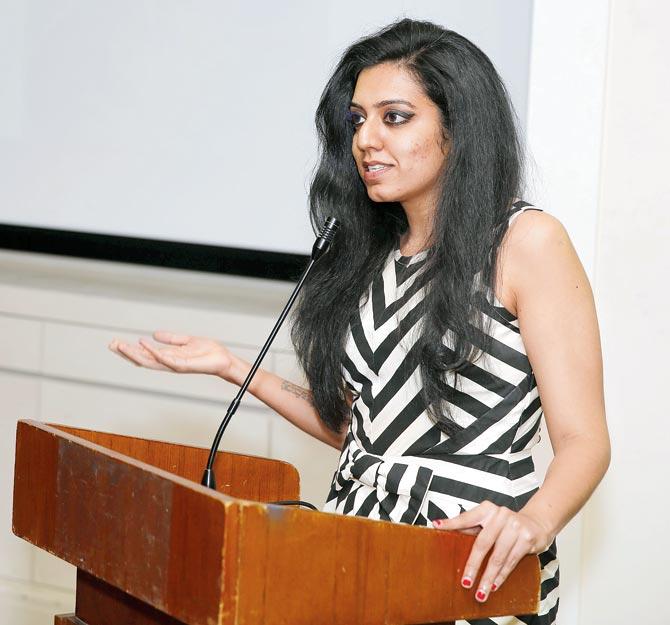
Meenakshi Thirukode
Meenakshi Thirukode, curator
The art world in India is known for its superficial friendships, most built on a 'take and take' mantra. I see a whole new generation emerging where friendships and peerhood are more than that. For those of us in our thirties, we are already working towards those friendships to strengthen our practice and build our resources, which we understand we must share to build infrastructures outside the 'establishment'.
8. Resist

Radha Mahendru
Radha Mahendru, curator
The growing need to address immediate political and social urgencies will extend to the artistic voice as well — expanding socially engaged practices, and the role of the artist as an activist. 'To resist' will also expand through public programmes and alternative forums for expression beyond the art object. Artists we can look forward to in this regard are Amar Kanwar, Prabhakar Pachpute, Shubigi Rao, and CAMP.
9. Collaborative
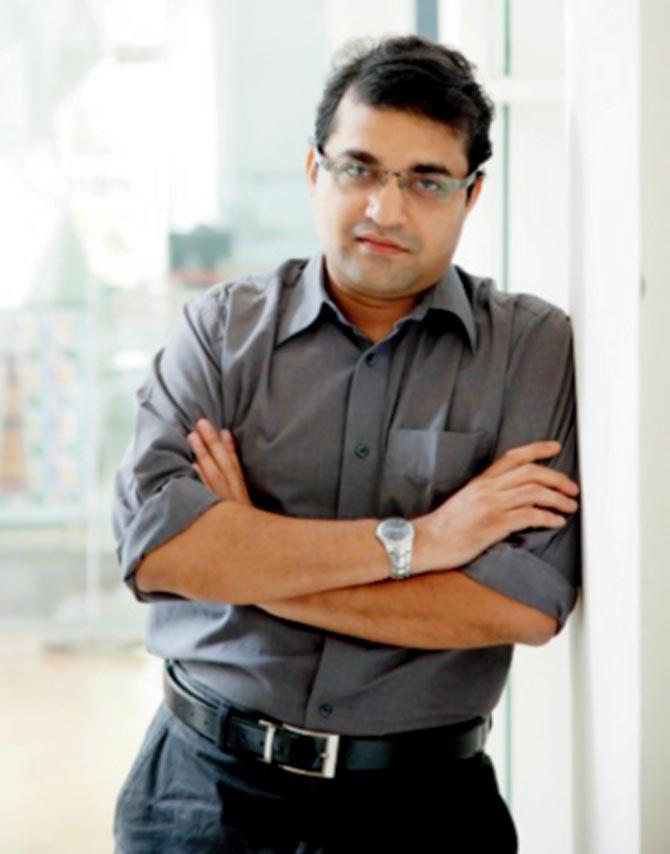
Abhay Sardesai
Abhay Sardesai, Art India editor
Institutions partnering with each other and initiatives working complementarily allow for a strategic pooling of energies. This clears the ground for crossovers — between artists, writers, curators, academics. In the best of instances, such as at the Sassoon Dock Art Project, this leads to exciting and innovative experiences. However, there is also the danger of smug alliances unleashing unexceptional shows.
10. Deep time

Natasha Ginwala
Natasha Ginwala, curator
Deep Time is a concept indicating the impact of human-earth relations that several artists (such as Jitish Kallat and Rohini Devasher) and cultural thinkers are considering in their current working approach. This buzzword is also a warning call on the risks endured by the planetary system and the possible future of terrestrial existence.
11. Delve

Matthieu Foss
Matthieu Foss, photography curator
More than ever this year, photographers who chronicle, document and create art must dig deeper in order to find meaning along with sincere ways to express it. The more digital platforms and tools at their disposal, the more selective and disciplined they are required to be in order to excavate truth. Superficial work will remain skin-deep and will be seen and forgotten in the blink of a click, swipe or scroll.
Download the new mid-day Android and iOS apps to get updates on all the latest and trending stories on the go
 Subscribe today by clicking the link and stay updated with the latest news!" Click here!
Subscribe today by clicking the link and stay updated with the latest news!" Click here!






